In this post-truth era comes a discovery so big, so unbelievable, it's got to be true.
ANCIENT SOCIETY DISCOVERED IN SOUTHERN CALIFORNIA
Discovered 12 metres (40 feet) below the surface in the Santa Rosa Island region, this rare and unprecedented archaeological cache of pottery and sculpture has flummoxed the archaeological community. Some scientists debate the authenticity of this newly-discovered society because of the apparent gender equality. But former native-Californian artist M F Dondelinger says sometimes it's hard to get our minds around new concepts and images to understand their meanings. ‘What we need now is to be open to interpreting this unusual society. I think it requires a whole paradigm shift on how some early communities are interpreted.’
This agrarian, village-based society is being called M.Flandia (Em-flan-dia) and questions arise not of its origin or time of existence but its societal structure. Many are familiar with the classic Greek vases featuring athletic male bodies prancing across the surface. In M.Flandia, similar decorative artistic styles are employed; however, the imagery suggests strong female participation in society. Women are shown in active postures running, jumping, throwing and boxing.
One sculpture, found nearly intact, is called the ‘Goddess of Strength’. She stands almost 70 cm tall (24 inches). Instead of the traditional multiple breasts to symbolise a fertility goddess, she has boxing gloves ballooning off her chest. Below, animals of the Earth line her dress. It is possible she symbolises the hunter or protector of the Earth; or perhaps the animals represent wealth, and this sculpture symbolises her strength and power. Archaeologists are not certain at this early point in their research.
While these later finds at the site are dated to the Archaic M.Flandian period, the first sculptures found have been placed in the 1400s, due to the rich blue glaze and surprising Delft designs. This suggests that travellers from Asia and the Netherlands traded with and influenced the M.Flandians. The ‘Aquatic God of Fertility’, another artifact found at the site, is a good example of this influence. The complete sculpture could not be salvaged, but a very fine specimen of the head was recovered. Youth and beauty radiate on his gentle face. His striking blue coral-like hair is swept up in a phallic-like shape, ready for action. Sculptures of swimming fish also were found near this important artifact and will be on display alongside the Aquatic God.
‘It's not clear that it was specifically a matriarchal or patriarchal society, but certainly both men and women's roles in village life were considered important and, perhaps, equal’, states an anonymous source close to the discovery site, who is not authorised to speak about the site or specific discoveries.
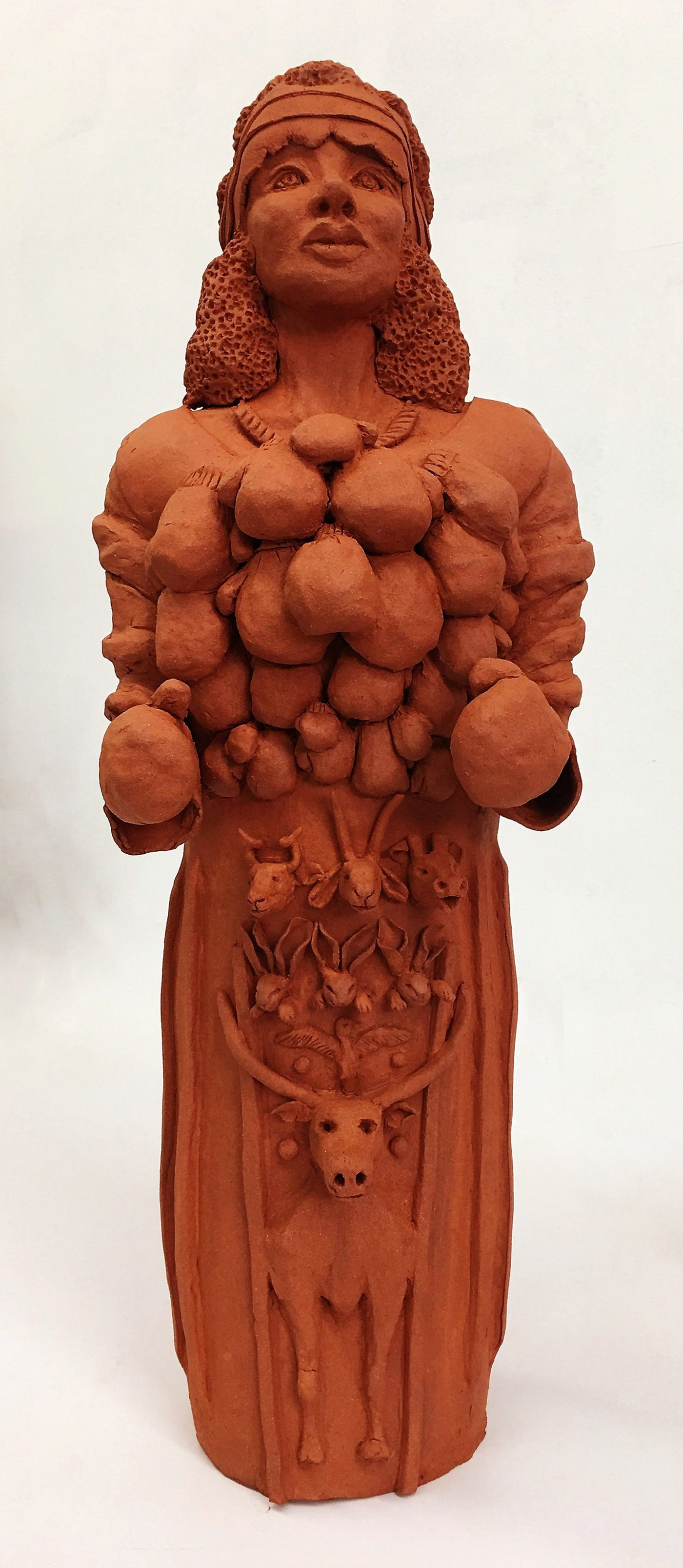
Figure 1. | Goddess of Strength, Period: Archaic M.Flandia, 58 cm×25 cm×20 cm, Attributed to MF Dondelinger
Fragments as well as whole, intact pieces are being unearthed daily at M.Flandia and are being organised and processed for continued research, public viewing and debate.
This is the press release announcing the exhibition of M.Flandia in Pasadena, California. If it seems not quite right or you question the legitimacy of the ‘cache of pottery and sculpture’, you should. I'm messing with you. It's my job.
About seven years ago I was invited to do an artist residency in which the public would visit the studio daily. I thought it would be interesting to develop my own country without borders. Everyone who entered the studio would have the option of signing a contract to become a citizen of this country. The contract would outline the important role of citizenship (i.e., looking out for others, equality, kindness, and respectfulness, to name a few). Then the person would be photographed and given a passport. I named the country, vainly, after myself. Using my first initials, M F, then adding ‘land’ and finishing with a flourish of ‘ia,’ it came out as M.Flandia. Unfortunately, my schedule did not allow me to attend the residency, but I stored away the idea.
In the United States we are fully saturated in an age of fake news and mean-spiritedness that surpasses anything I have experienced in my time. It is disheartening to see this powerful force of disrespect of others. Seven years earlier I had wanted to create my own country as a way to band like-minded people together, but now I wanted to escape through creating a whole new evolved society. When I was invited to exhibit new works for a show in California, it was a perfect opportunity in this post-truth era to create a society more advanced than the current one in which I live. My concern with the original idea of M.Flandia was that it didn't seem tangible enough. It was a concept held together with a passport. To make tangible and give credibility, M.Flandians needed to have a history and a residence. So I said it was unearthed on an island close to where the exhibit would be held and where other archaeological sites had been in operation. The next exhibit of M.Flandia will be shown in Coeur d'Alene, Idaho, and will reveal that a segment of M.Flandians travelled, surprisingly, over 1,200 miles north and were discovered to have lived in the path of the Missoula Floods. The Missoula Floods (a.k.a. Spokane Floods) refer to the cataclysmic floods that swept periodically across the eastern part of Washington State.

Figure 2. | Run Like a Girl, Terracotta Bowl-black figure, Period: Archaic M.Flandia, Diam: 23 cm, Attributed to MF Dondelinger
Visual artists create false truths all the time. In 2016, UK artist Damien Hirst was involved in creating 189 statues supposedly retrieved from an ancient sunken ship 2,000 years old. In a mockumentary called Treasures from the Wreck of the Unbelievable Footnote 1, he questions reality and fantasy. On a smaller scale, a graduate student told me she created a story about an early American culture and buried artifacts she had made as a pottery student. Later she ‘discovered’ the archeological site and recorded the digging up of the ‘treasures’ of her own making. Some art teachers tell me they have students create pottery and then bury it, thus creating their own archaeological site for the future. Each artist has his or her own motivation for creating treasures and burying them and for stretching the truth. Those working with children want to teach them about the past. My project is to create a new future.
My main hope for M.Flandia was to create images of a healthy society doing healthy activities. By setting this society in the past, perhaps viewers could see a new way for our future. If an evolved society had lived before, perhaps we could see our way to it again. I wanted to start by presenting figures doing activities not generally associated with their gender. Turn the tables, as it were. I hoped the exhibit would empower people by seeing their gender represented flexibly.
I had fears too. I feared the project might seem disrespectful to archaeologists and their work. I sent the press release out on social media to archaeologists and, being the smart people they are, they seemed to understand and support the direction of the project. So I proceeded.
I was also concerned that presenting M.Flandia as too believable would add to the mounting feeling in the U.S. that nothing can be believed, everything is suspect. I needed to make the exhibit interesting enough to the average viewer on an initial glance but have enough clues and markers for them to know early on that M.Flandia was a mischievous way to dream of a new way of being.
For 15 years, I have been painting images of a boxer who is a woman. She was the first image to come forward for M.Flandia. I thought she would be the most unbelieved figure in the body of work; a clue to cause some scepticism. The titles for the ‘artifacts’ also are intended to be a clue. I remember as a child being told I didn't run like a girl. Running like a girl was a bad thing. M. Flandia would embrace running like a girl. This theme became the basis for titles of numerous pieces—Run like a Girl, Throw like a Girl, Jump like a Girl, Read like a Girl, Wrestle like a Girl. While I thought these images and titles would give sufficient hints to the falsehood of the society, I paired them with art descriptors I thought certainly should make one think, such as Run like a Girl, Terra-cotta Bowl-Black figure, Period: Archaic M.Flandia, Diam: 23 cm, Attributed to M F Dondelinger. I never disclosed the actual time period of the oldest works from M.Flandia in any written materials. Seriously, where is Archiac M.Flandia on the human timeline chart? Additionally, how could the works be attributed to a living artist?
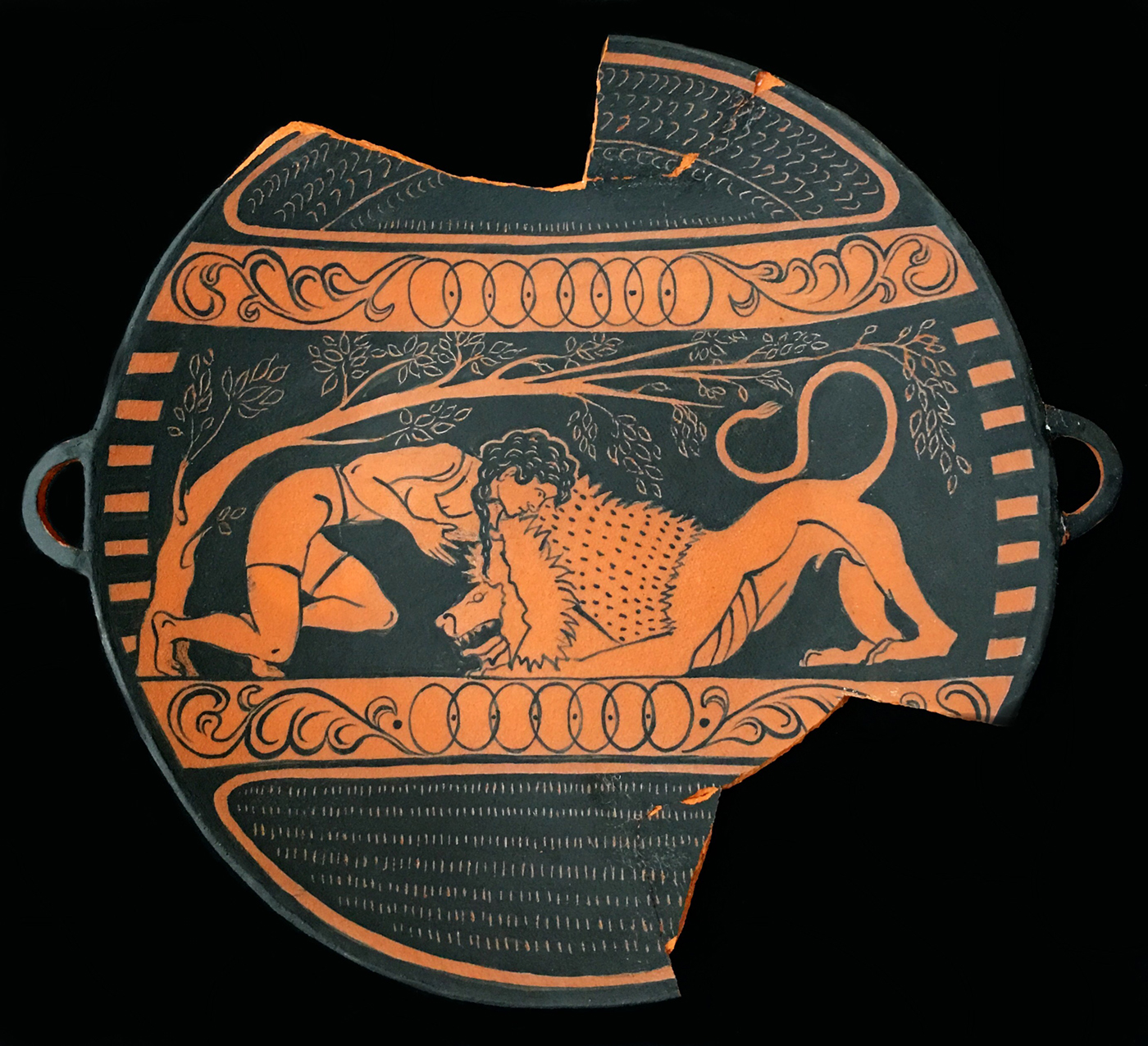
Figure 3. | Wrestle Like a Girl, Terracotta Bowl-red figure, Period: Archaic M.Flandia, Diam: 23 cm, Attributed to MF Dondelinger
M.Flandia is not comparing and contrasting with the classical works of the past. Instead, by using seemingly familiar patterns, shapes, colours and imagery, the viewer is comfortable taking in the subject matter. Then, there is a realisation that the subject matter is actually not familiar.
M.Flandia requires the viewer to use critical thinking when approaching the exhibit. Too many details are kept vague, but people are used to that in the U.S. because that's what we get through our news media: unnamed sources, only a portion of the story, showy images. Most people read the didactic panels at the exhibit with interest and realise M.Flandia is reflecting back on who we are not yet in modern society. But, astonishingly, some miss all the clues and sincerely believe the art to be sculptures from antiquity.
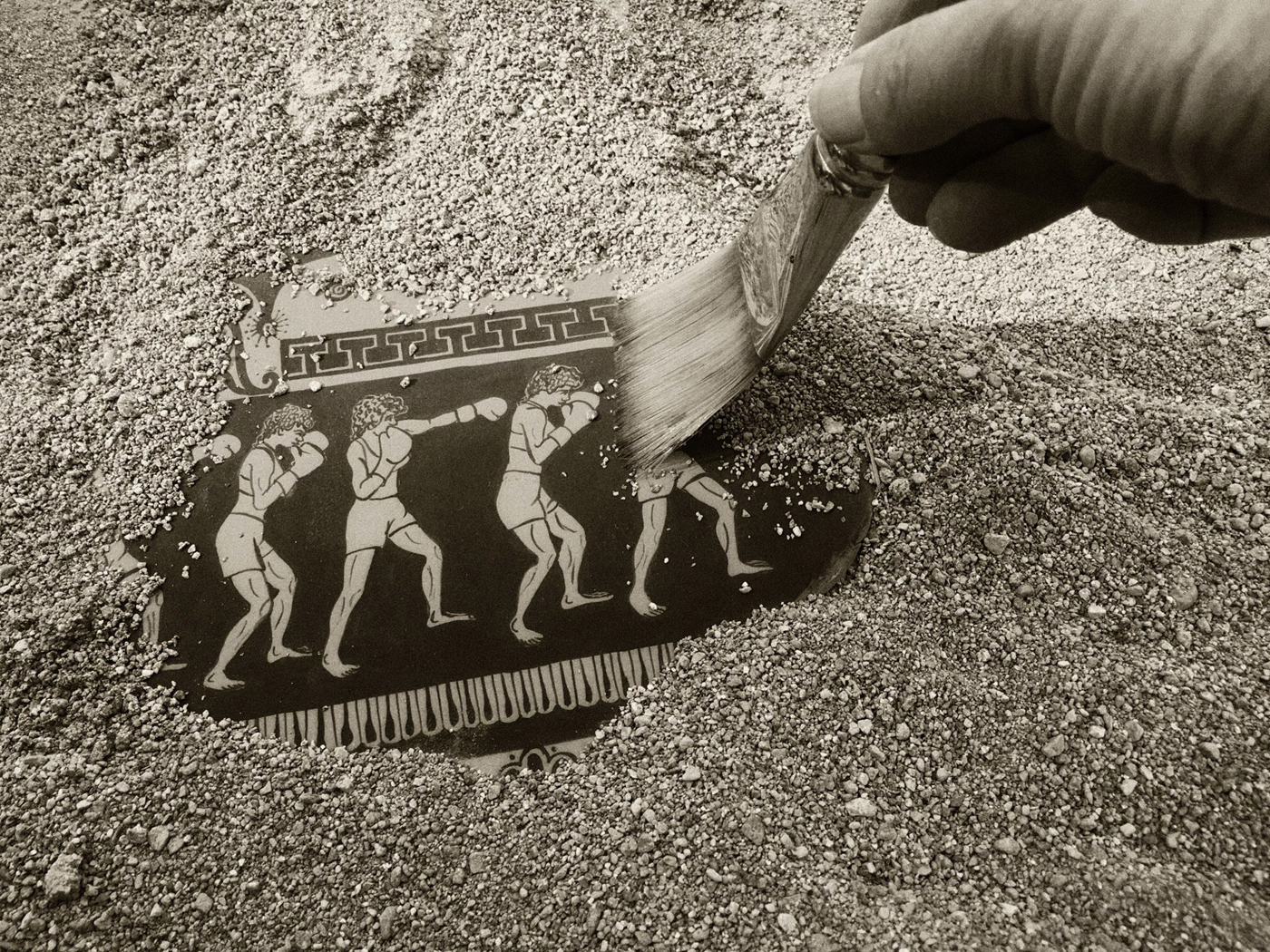
Figure 4. | Discovery of “Sparring” shard at M.Flandia archeological site
The human mind is a mysterious thing. It tries to make pieces of a puzzle fit where they do not. An artist colleague visited my studio one afternoon during the early stages of development of M.Flandia. She read the press release and was told the project was an invention of my mind. This is the conversation that followed:
Visitor: But how did you get invited to the dig?
Me: There is no dig.
Visitor: I realise these are not the original pieces, so did you photograph the ones at the site and then make these replicas? Or did you do sketches?
Me: There is no dig.
Visitor: Oh, well, then how did you get these ideas?
Me: I made them up.
Visitor: Wow, really great that you were invited to the dig!
Critical thinking requires us to look beyond our existing beliefs. But research shows people tend to avoid information that contradicts what they already think or believe (according to research published in Psychological Bulletin [July 2009], the journal of the American Psychological Association). This may seem inconsequential in relation to this exhibit but devastating when it comes to making informed decisions in one's life.
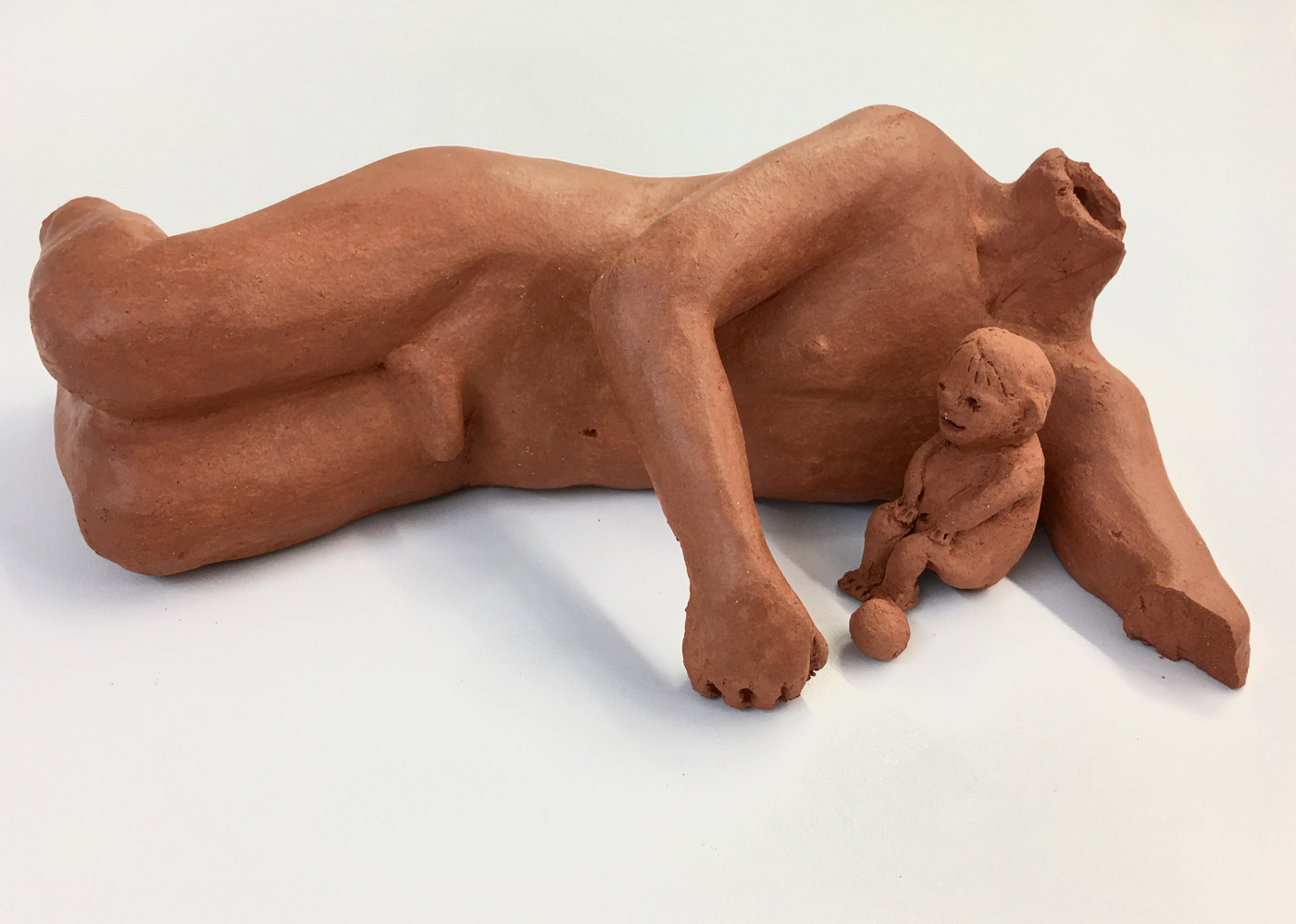
Figure 5. | Nurturing man with Baby, Period: Archaic M.Flandia, 34 cm×15 cm×20 cm, Attributed to MF Dondelinger
I was most concerned about misleading children who might see the exhibit. Their critical thinking skills are not yet developed (as opposed to adults who supposedly do have these skills developed!). However, I do believe children are not told the truth about their capabilities, as it is. What would be wrong with girls and boys seeing women and men portrayed as equally capable and strong, supportive and active and valued for their abilities, rather than for the traditional roles their genders played?
Throughout much of art history, women are often presented as passive. Men are active. In M.Flandia, women are capable, strong and supportive. They wrestle lions, throw spears, run, and jump. These are images of women in art the viewer rarely gets to see. In M.Flandia, the men are supportive, capable, and strong. They are the caregivers. They support the advancement of the community. And these are images of men in art the viewer rarely gets to see.
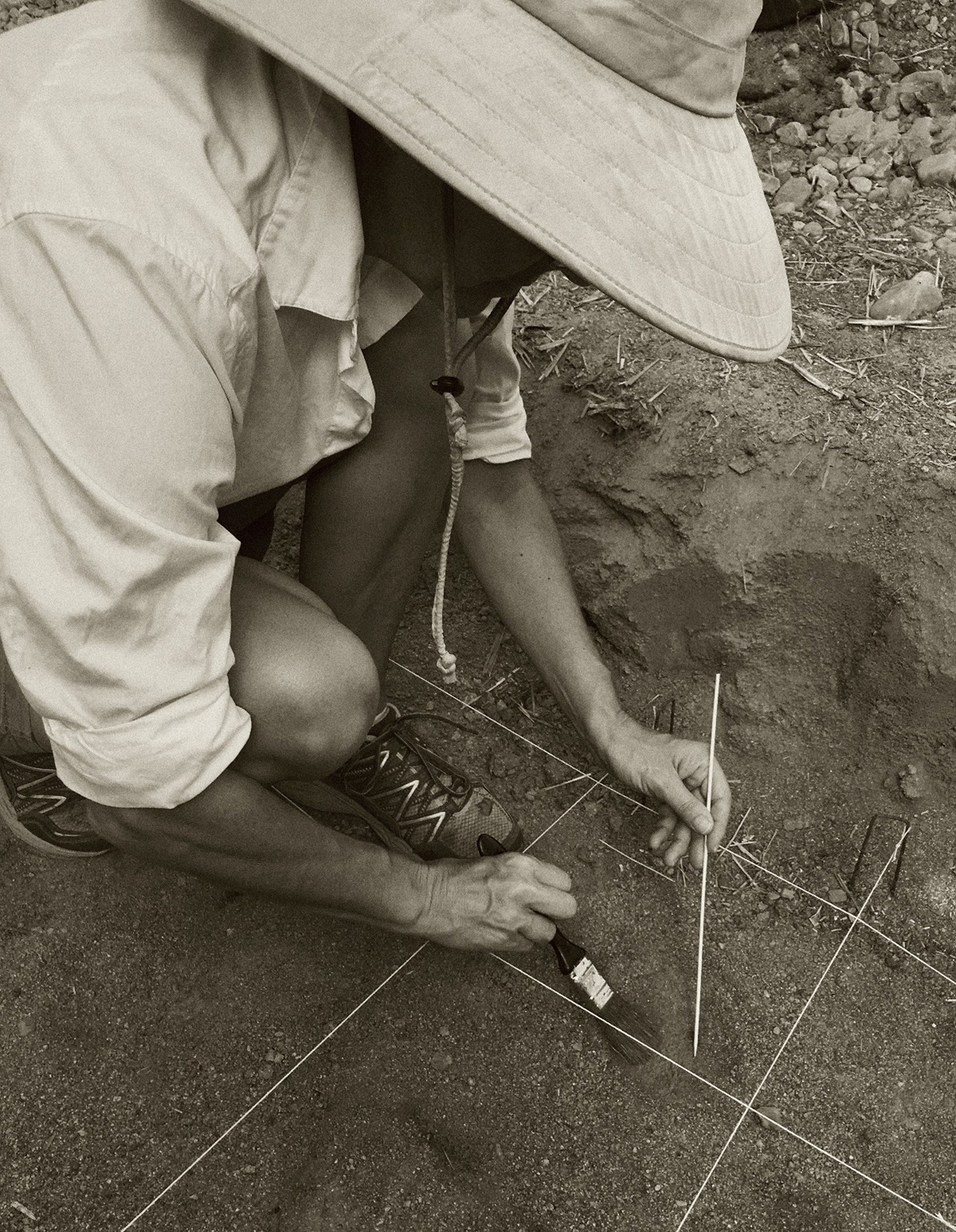
Figure 6. | MF Dondelinger at M.Flandia archeological site
One afternoon at the library, a man was thumbing through a book on archaeological sites in the Americas. Over his shoulder I saw this fantastic image of a voluptuous, nude fertility goddess flip by. She was lying on her side, cradling a child. I loved it and thought, ‘What a great inspiration for a male sculpture in M. Flandia’. But the more I considered it, I was concerned how a naked man with a small child would be perceived by the standards of today. Paedophile? Inappropriate? I created the sculpture anyway and in the process found it to be the most tender piece of the series. Titled Nurturing Man, he lies on his side, cradling a small child. As I worked on the piece, I was moved by memories of how comforting it felt as a young child to be embraced by my father. Several months later, I saw the picture of the fertility goddess again. This time with my glasses on. She did not cradle a child at all. It was her large elbow that I had misinterpreted as a child. I guess I saw what I wanted to see.
When M.Flandia was first shown in public, I had just recently started developing the series and hadn't gotten to the role of men. There were only three images of men and two were naked. The third was symbolically exposed. Most viewers did not linger on Nurturing Man or the Aquatic Fertility God. Nor did heterosexual men respond as women did (women laughed out loud) to the one entitled Where the Men are Always Naked and the Women are Not. This title was intended to play on the past, where the male body was considered superior and often naked, and the present, where it is women who are the naked ones in art and movies, and men are clothed. There is much yet to explore regarding the role of men in M.Flandia.
While I personally am not called to wrestle lions or throw spears, seeing healthy women in active roles is inspiring to me. As a young girl, I loved to run and jump, climb trees and study and build things but rarely saw images of girls doing those things. I would like young girls and boys to grow up seeing females in action and males being supportive. We know the reverse already. It seems to me, people want more options on how we see ourselves and others. It is not a surprise, then, when the movie Black Panther touched so many people across the globe. Black Panther showed the imaginary world of Wakanda, where it seemed every individual, young and old, male or female, was valued and integral to its success. That's the ideal.
Much of the time when I create, I don't know how I will feel about the images until I see them. For a while last winter, I was consumed by the news. There was talk of war with North Korea and lots of press on the #metoo movement. This content made its way into new sculptures I was creating for M. Flandia. The images are decidedly more forceful. Warriors racing off to war, hand-to-hand combat. While I like much about these pieces, my original idyllic world of M.Flandia was interrupted. I will need to explore this more, but it is frustrating to see how easily I am seduced back into the world I know instead of the land of what could be.
I am curious to know what happens when archaeologists of the future unearth pieces of M.Flandia. How will they piece together the meaning of such work?








